Most Popular
Eye Plus
Every year around this time of the season, Korea’s forests turn into a palette of colors, palpably signaling the onset of autumn and advent of winter on the horizon.
Wondaeri Birch Forest in Inje County, Gangwon Province, is an ideal place to experience the fall foliage, as groves and greeneries bring out their inner colors of reds, scarlets and ambers toward a clear blue sky. The park, which opened in 2012 as an ecological tourism site, has over 700,000 birch trees that were planted between 1989 and 1996 over its 10,000-square-kilometer territory.
The soaring trees, whose trunks are white and almost silvery, shoot up from the ground dotted with yellow specks of fallen leaves, offering a high-definition panorama of orchestrated spectacle. The ambiance -- highlighting nature’s clean, crude and vigorous beauty, amid the gentle rustling of leaves -- resembles Japan’s manmade bamboo forests or mysterious Zen gardens.
In the old days, when there was no electricity in Korea, people lit fire on birch tree barks and used them as candlelight. The name “birch tree,” which translates into “jajak namu” in Korean, originates from the sound of burning trees.
The forest offers three hiking courses: the birch tree course of 900 meters, healing course of 1,500 meters and exploration course of 1,100 meters, which together take five to six hours. During the summer and fall seasons, the park is open from May 3 through Oct. 31, 9 a.m. to 6 p.m. It is closed between Feb. 1 and May 15 as well as Nov. 1 and Dec. 15, and open again for the winter season from Dec. 16 through Jan. 31, 9 a.m. to 5 p.m.
Some 200,000 people visit Wondaeri Birch Forest annually, including many with children. They revel in the park’s ecological, aesthetic and salutary charms, taking a brief suspension above their high-strung lives. A tour of the forest is available upon registering at the park entrance.
By Joel Lee (joel@heraldcorp.com)
Wondaeri Birch Forest in Inje County, Gangwon Province, is an ideal place to experience the fall foliage, as groves and greeneries bring out their inner colors of reds, scarlets and ambers toward a clear blue sky. The park, which opened in 2012 as an ecological tourism site, has over 700,000 birch trees that were planted between 1989 and 1996 over its 10,000-square-kilometer territory.
The soaring trees, whose trunks are white and almost silvery, shoot up from the ground dotted with yellow specks of fallen leaves, offering a high-definition panorama of orchestrated spectacle. The ambiance -- highlighting nature’s clean, crude and vigorous beauty, amid the gentle rustling of leaves -- resembles Japan’s manmade bamboo forests or mysterious Zen gardens.
In the old days, when there was no electricity in Korea, people lit fire on birch tree barks and used them as candlelight. The name “birch tree,” which translates into “jajak namu” in Korean, originates from the sound of burning trees.
The forest offers three hiking courses: the birch tree course of 900 meters, healing course of 1,500 meters and exploration course of 1,100 meters, which together take five to six hours. During the summer and fall seasons, the park is open from May 3 through Oct. 31, 9 a.m. to 6 p.m. It is closed between Feb. 1 and May 15 as well as Nov. 1 and Dec. 15, and open again for the winter season from Dec. 16 through Jan. 31, 9 a.m. to 5 p.m.
Some 200,000 people visit Wondaeri Birch Forest annually, including many with children. They revel in the park’s ecological, aesthetic and salutary charms, taking a brief suspension above their high-strung lives. A tour of the forest is available upon registering at the park entrance.
By Joel Lee (joel@heraldcorp.com)
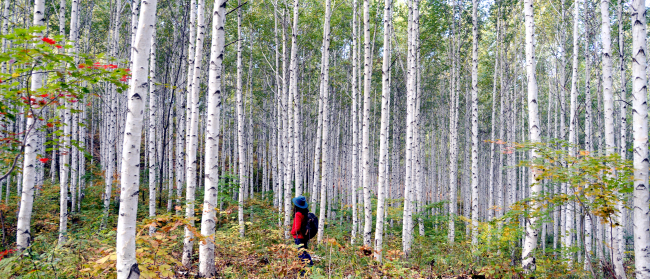
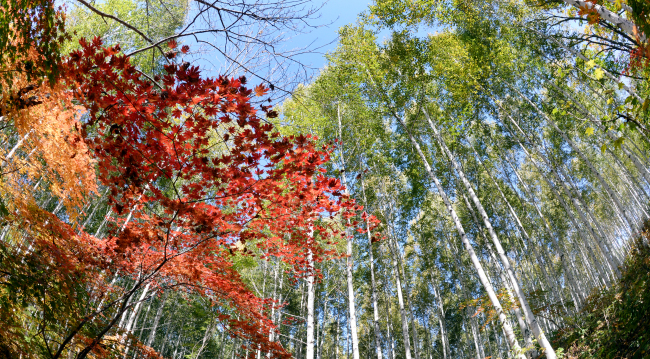
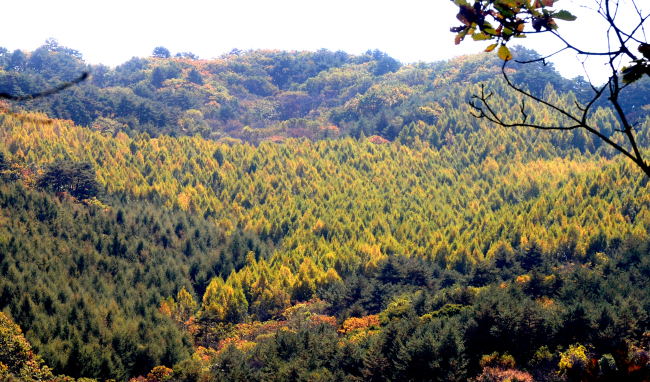
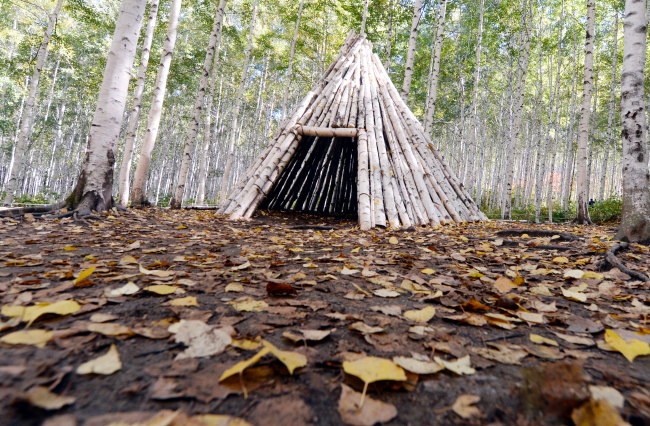
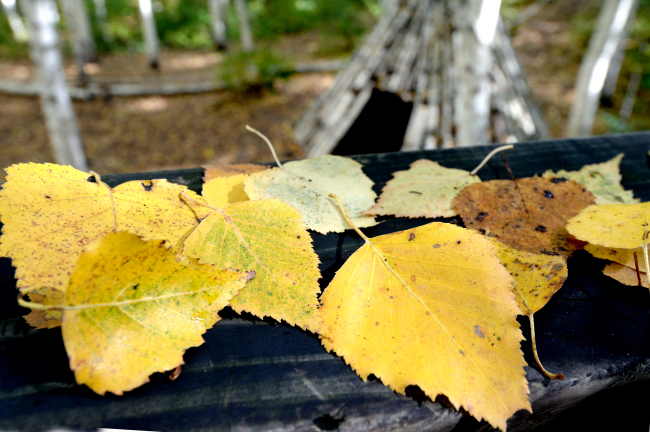
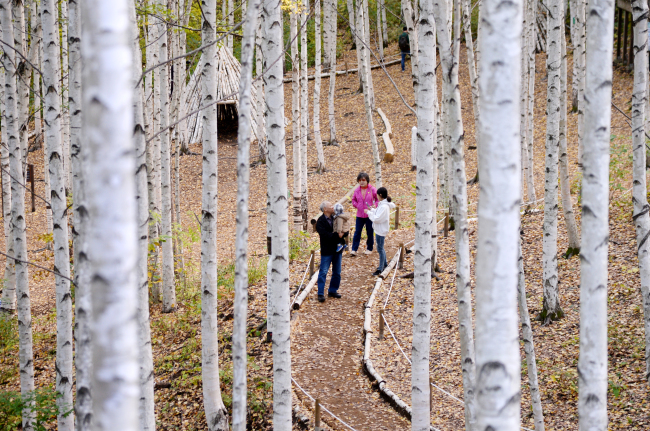
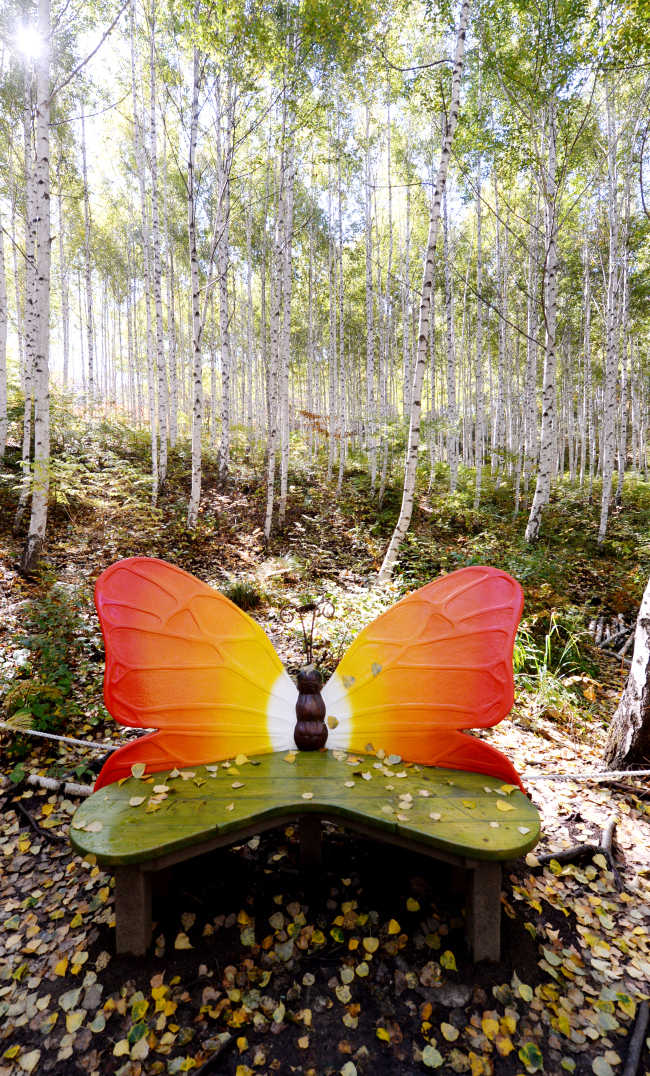
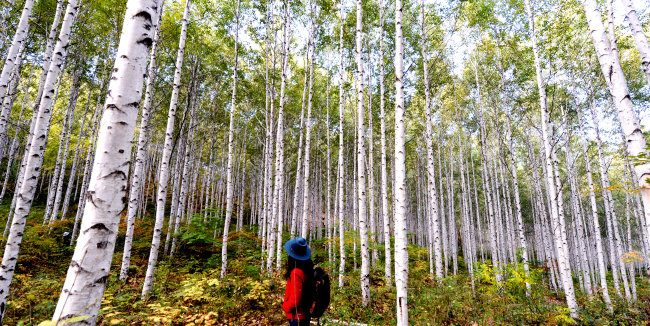







![[KH Explains] How should Korea adjust its trade defenses against Chinese EVs?](http://res.heraldm.com/phpwas/restmb_idxmake.php?idx=644&simg=/content/image/2024/04/15/20240415050562_0.jpg&u=20240415144419)





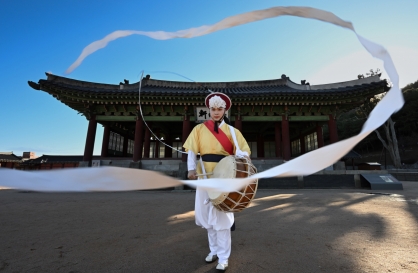


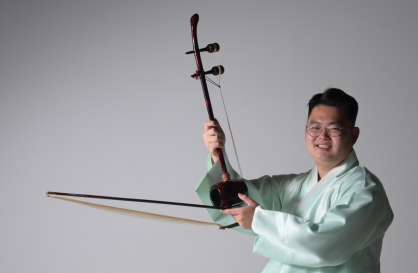






![[Today’s K-pop] Stray Kids to return soon: report](http://res.heraldm.com/phpwas/restmb_idxmake.php?idx=642&simg=/content/image/2024/04/16/20240416050713_0.jpg&u=)